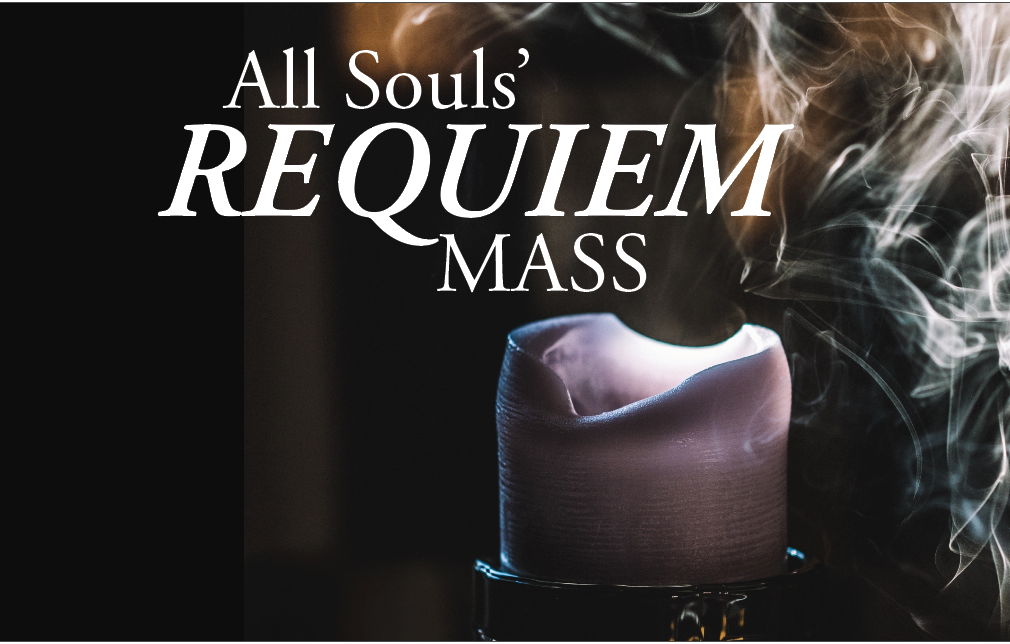
Maurice Duruflé: Knitting Old and New
By The Rev. William J. Danaher and Christopher Wells
On All Souls’ Day, we remember all the souls of the faithful departed with a traditional Rite I Eucharist and a sung Requiem, the Latin word for “rest” and the title by which the traditional Latin Mass for the Dead is known. We remember and pray for those we have lost in the last year, those who have died in our lifetime, and those who died thousands of years ago. Grief, remembrance, mourning, and tribute do not end with a funeral. They remain with us, even as we reconcile death with the promises of God: Life is changed, not ended.
In 2018, we sang the beloved Requiem by Gabriel Fauré, both as an offering to this community and also as a preparation for the Christ Church Choir’s performance of the same in Exeter, England. In 2019, we sang Tomás Luis de Victoria’s setting of Requiem, an early 17th-century composition for a cappella voices (voices alone, no instruments). 2020 was originally planned to be our year to sing Durufle’s Requiem, but a pesky pandemic got in the way. Yet in 2020, we were blessed with an outstanding and heartfelt virtual performance by world-renowned operatic soprano, Christine Goerke.
What might you expect musically for All Souls in 2021? Maurice Duruflé set his Requiem in three versions, each by his own pen (not arranged by a subsequent musician). Unlike many large-scale choir and orchestra works, the organ is an essential and virtuosic part of this orchestration. Our Musician in Residence, Joe Balistreri, has mastered this piece of music, and we are fortunate to have him play at this performance. The rest of the orchestra includes a full string section, trumpets, harp, and timpani. Marc Meyers and Amy Miner will sing the vocal solo sections. Duruflé uses enormous amounts of traditional Gregorian melodies, interwoven with his own impressionistic harmonies and textures.
What might you expect liturgically for All Souls in 2021? Unlike Requiems written for the concert hall (Mozart, Verdi, etc), Durufle’s Requiem is intended to be performed liturgically (each movement interspersed within a worship service). Traditionally, the list of departed – called the Necrology – is solemnly read, and the bells in the carillon tower toll as we enter and exit the church. As the word, necrology (from necros meaning dead and logos meaning word or study), indicates, we study the dead so that we learn how to live more fully in Christ.
This year, we will offer a way to observe the dead known to us by not only opening our ears and hearts, but also by moving our bodies. During the reading of the necrology, those who have lost a loved one, and those of us who are praying for those who mourn, will be able to come forward and place a lit candle in a special art piece created by Claire Danaher. The art piece draws upon traditional candle-lit sites of mourning found in churches and cathedrals everywhere but recreates them in a way that is stunningly beautiful.
This incorporation of art, like the Duruflé Requiem, reminds us that there is something vital happening when we mourn well. Mourning is a beautiful process, even a beautifying process. Therefore by making our mourning worship as beautiful as possible, we remind ourselves of this deeper beauty. For all of us in Christ, death is not the end but a moment of transformation, in which we will be enveloped in a beatific vision of God that Saints see clearly now and we only through worship and by faith.
Click here for more information about the All Souls’ Requiem Mass.